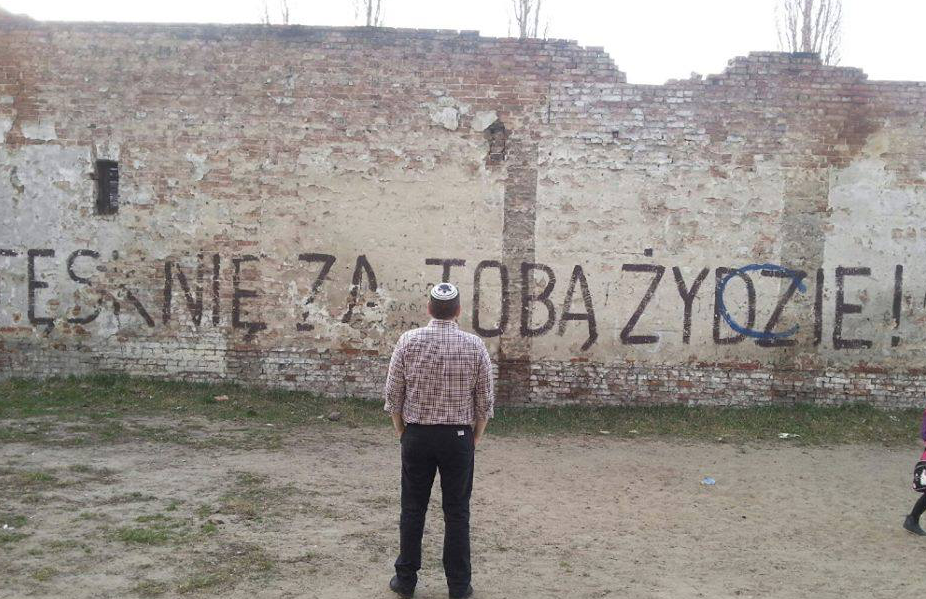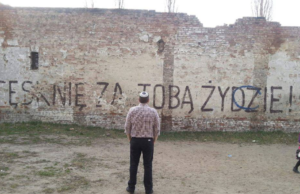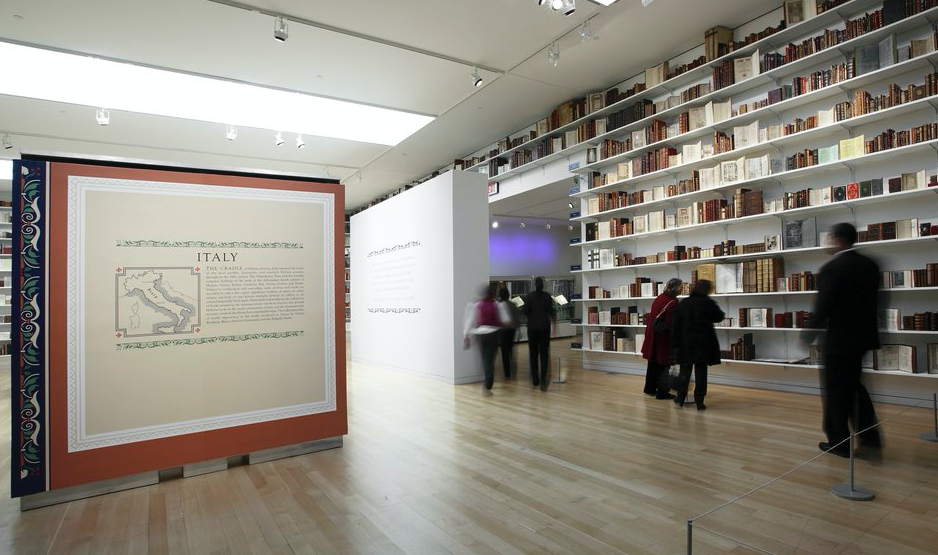While conducting a survey of American press releases on contemporary Jewish life in Poland, I noticed a fascinating phenomenon that has to do with the current state of Polish-Jewish relations. On the one hand, there are numerous articles that put emphasis on how post-Communist Poland is doing a great job embracing and even supporting creations of Jewish-themed culture: New Jewish institutions emerge and big Jewish festivals are organized every summer in major Polish cities; Polish universities invest in Jewish Studies programs and conferences. On the other hand, there are an equal number of articles stating that anti-Semitism in Poland is growing and that one of its most visible features are the kitschy figurines and paintings of Jews that are sold in souvenir stores all over the country. The truth lies somewhere in the middle. Out of countless public and private initiatives, many are worthwhile and they educate the public about Jewish culture, and equally many, because of either misunderstanding or pure ignorance, perpetuate stereotypes and generate conflicts instead of animating and advancing Jewish culture. Let’s take a closer look at that double-natured phenomenon.
“Jews for Luck”
Sad, pale faces with big crooked noses and a crucified Jesus-like expression, bodies bending down over a musical instrument or a penny, are a part of the intricacies of the Polish Jewish “Renaissance.” I first spotted them in a “European” – de facto Polish restaurant in Ann Arbor, Mich., where I used to go when I was craving food from my home country. The restaurant owner had a big collection of figurines of Jews that he brought all the way from Cracow, Poland. In Ann Arbor, these wooden figurines tend to scare Jewish customers away. In Poland, they attract non-Jewish locals and tourists who buy them as amulets believing they will bring happiness to their households.
The figurines originate from the tradition of Polish folklore crafts. For centuries, they represented primarily the villagers and village animals. After the Fall of Communism, the range expanded to meet the expectations of foreign tourists visiting Warsaw. Today, the most popular figurines are those of Orthodox Jews who play musical instruments or hold a penny. Of course, Orthodox Jews now constitute a microscopic percentage of Polish society. Before the Second World War, however, their representation in Poland was much larger.
Poles buy the figurines for their “cuteness,” a mixture of “exoticism” and familiarity, and as a good luck charm. Sales of the Jewish figurines are surrounded by all sorts of controversies. For some, they represent Polish nostalgia for the lost Jewish minority and the modern “Jewish Renaissance” brought forth by Poles. For others, they are a sign of ever-present Polish anti-Semitism, since the figurines are very stereotypical and caricaturist. One thing is certain: the “Jewish figurines” entered the debate about Polish-Jewish relations and are the subject of heated debates within and beyond Polish society.
Besides the figurines, Jewish-themed paintings flooded the market. Multiple touristy galleries exhibit reproductions of works of art of many epochs next to original art that focuses on Catholic topics and perceptions of Jews. I noticed a fascinating phenomenon within the original art section. The Catholic-themed paintings depict nothing else but the Holy Family or John Paul II, while the Jewish-themed paintings depict, again, exclusively Jews counting money or playing musical instruments, primarily the violin. The “Catholic” paintings are always more expensive than the “Jewish” paintings and thus are positioned above them. I believe that the themes, positioning, and pricing of these two types of works of art represents the place and significance of both religions and cultures within modern Polish society.
“Jews for Culture”
On the other side of the coin, state funded initiatives are an attempt to foster a vibrant Jewish community. Some of the now existing Jewish state (or partially state sponsored) institutions, such as The Ida and Rachel Kamińska Jewish Theater of Warsaw, the Jewish Historical Institute, the Socio-Cultural Association of Jews in Poland, and the editorial office of the Jewish magazine Midrasz, originate from the post-World War II period. These institutions had to negotiate with the state for the specifics to create the model of the Jewish homo Sovieticus in order to survive Communism. After WWII, the Polish government began to support the remnants of the once-sizable Jewish minority. The state support model was built around creating and protecting an image of a non-assimilated, easily recognizable, “cute” Jew in traditional Jewish garb (as in the case of the lucky Jew figurines). The assimilated Jews did not fit this image and thus did not enter the Jewish culture under Communism. That mental pattern prevails to this day and thus causes the impression that all Polish Jews either died in the Holocaust or left the country. The activity of the state-sponsored institutions is focused on displaying the pre-war Jewish world in a way suggesting that Jewish culture ceased to exist after the World War II. At the Jewish theater, for instance, productions are based on a pre-war repertoire performed in an old-fashioned (19th or early 20th century) style. That institution functions more like a museum than like a theater.
Projects that have no ties to the government tend to be more interesting and modern and acknowledge the “missing” Jews. The artist Rafał Betlejewski, for instance, arranged a controversial performance in 2005, in which he sprayed on empty walls the phrase “I miss you, Jew.” He also made people he met on the streets of Polish small and big towns and villages stand next to an empty chair and hold a sign with the same phrase: “I miss you, Jew.” Observing people’s reactions to his experiment was an important part of the project. While some regarded his graffiti as defacement of public space, others appreciated a spontaneous expression of longing for the Polish Jewish past. Betlejewski’s initiative is only one example of these independent artistic projects that comment on Jewish topics in a way that engages the public.
The Jewish renaissance is palpable in Polish academia which produces world-class scholars in the area of Jewish studies and educates Polish youth about Jewish culture, including Jewish languages: modern and biblical Hebrew, Yiddish, and Ladino. Educational programs with Jewish content start as early as elementary school and continue into post-doctoral programs. These educational initiatives attract not only Poles who discover their Jewish roots but also non-Jewish students who express authentic interest in the culture of a once large Jewish minority that for centuries co-created Polish culture.
The Polish Jewish “Renaissance” has surprisingly many faces. Some of them harm Polish-Jewish relationships, since they rely on stereotypes and clearly emerge just for profit, like in examples of Jewish-themed figurines and paintings. Others promise the rebirth of the Jewish community and reveal and fight against the stereotypes that emerged in the Polish society in the almost total absence of a Jewish population. Analyzing these socio-cultural complexities is crucial for understanding the place of Jewish culture in contemporary Poland and Polish-Jewish relations in general.
Jana Mazurkiewicz grew up in Poland, formerly the heartland of the Yiddish world. She moved to San Diego in October 2016. She is a 4th year Ph.D. candidate at the University of Michigan, Ann Arbor. She is working on her Ph.D. thesis on Yiddish theater in Poland during Communism. Before her time at the University of Michigan, she earned an MA in Polish Philology with specializations in Jewish Studies and in Rhetoric from the University of Wrocław, Poland.








Comments